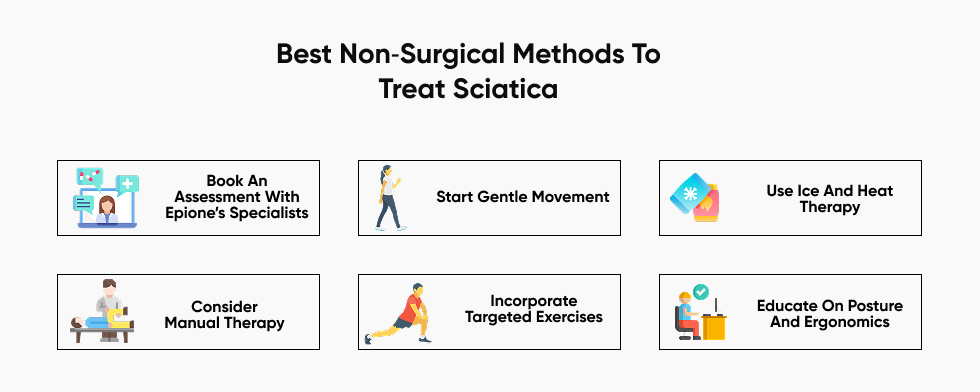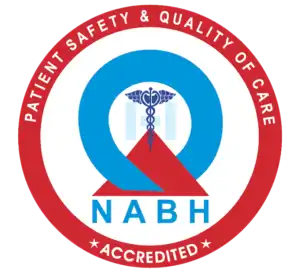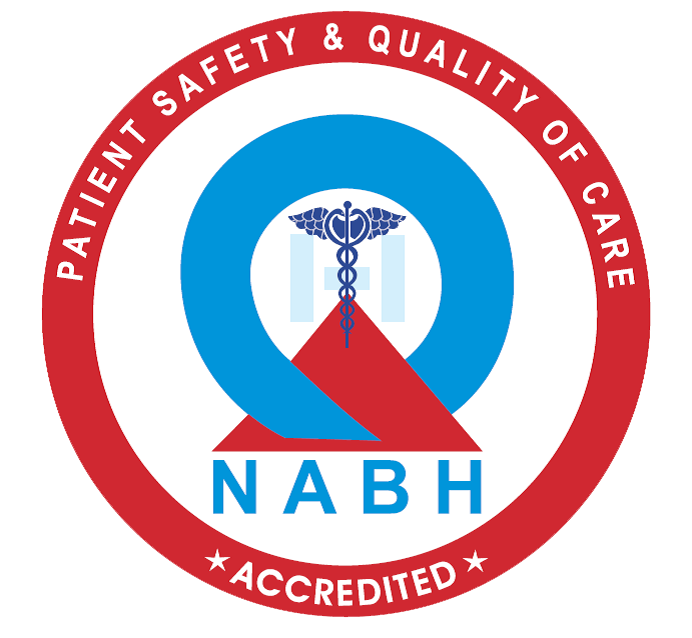Sciatica pain refers to pain caused by irritation or compression of the sciatic nerve, a bundle of spinal nerves running from your lower back through the buttocks, down each leg. The pain may feel like a sharp, electric jolt, burning or tingling, often worsened by sneezing or bending. It typically affects one side and generally most cases resolve with conservative treatment.
Understanding the root cause is key; but early recognition of the warning signs can make all the difference. Here are 10 early symptoms of sciatica that you should never ignore, especially if you want to prevent the condition from worsening.
10 Early Signs of Sciatica You Should Never Ignore

That nagging pain in your lower back or leg? It might be more than just a bad posture day. Discover 10 early signs of sciatica –
- Sharp and shooting pain, especially in the lower back or buttocks, often described as electric shocks.
- Radiating pain down one leg, below the knee, even into the foot.
- Tingling or pins-and-needles sensations in the leg or foot.
- Numbness or reduced sensation – a red flag needing attention.
- Muscle weakness in the affected leg, resulting in difficulty lifting or standing.
- Worsening discomfort when coughing, sneezing or bending forward is a sign of nerve irritation.
- Pain after prolonged sitting or poor posture, like slouching in a chair.
- One-sided buttock pain, not always lower back pain.
- Shooting calf or foot pain is common in more severe cases.
- Reduced reflexes or gait changes, such as difficulty lifting the toes.
Why These Symptoms Shouldn’t Be Ignored?

Ignoring early sciatica symptoms can lead to worsening conditions and potential long-term nerve damage. In rare cases, it may indicate serious conditions like cauda equina syndrome, marked by bladder or bowel changes, which require urgent attention.
What to Do If You Notice These Signs?
Noticing early sciatica warning signs? Don’t ignore them; here’s what you can do instead.
- Book an assessment with Epione’s specialists: Our experts will conduct thorough examinations, including strength and reflex tests, plus posture and movement analysis, to suggest the best personalised treatment.
- Start gentle movement: Walking, stretching and light physiotherapy are often the best first steps.
- Use ice and heat therapy: Alternate ice (to ease inflammation) and warmth (to relax muscles) for quick symptom relief.
- Consider manual therapy: Our physiotherapists use soft tissue and spinal techniques to ease nerve tension.
- Incorporate targeted exercises: Ask Epione’s expert for personalised core and flexibility programmes to support your spine.
- Educate on posture and ergonomics: Learn how to move, sit and lift safely to avoid flare-ups.
How Early Action Can Prevent Worsening Sciatica?

Early diagnosis and thoughtful sciatica pain treatment often minimise the risk of surgery. Many patients see faster pain relief and improved mobility within 4–6 weeks with conservative care. Preventing the risk of sciatica pain from happening again is the key while maintaining posture, mobility, muscle strength and flexibility.
Takeaways
- Sciatica often starts as sharp or tingling nerve pain in the lower back, buttocks or leg.
- Don’t delay the early signs like numbness or muscle weakness; they need prompt attention.
- Start with conservative methods: movement, heat/ice and specialist-led manual therapy.
- Catching symptoms early boosts success and helps you avoid surgery.
Sciatica can be annoying and even alarming, but it doesn’t have to derail your life. At Epione, we combine expertise, empathy and cutting-edge therapies. Our multidisciplinary team of expert specialists is dedicated to non-surgical recovery. We create holistic, patient-focused plans that not only relieve pain but empower you to regain control and stay active.
Notice any of these signs? Reach out to Epione today and take the first step towards pain-free movement and lasting relief.






